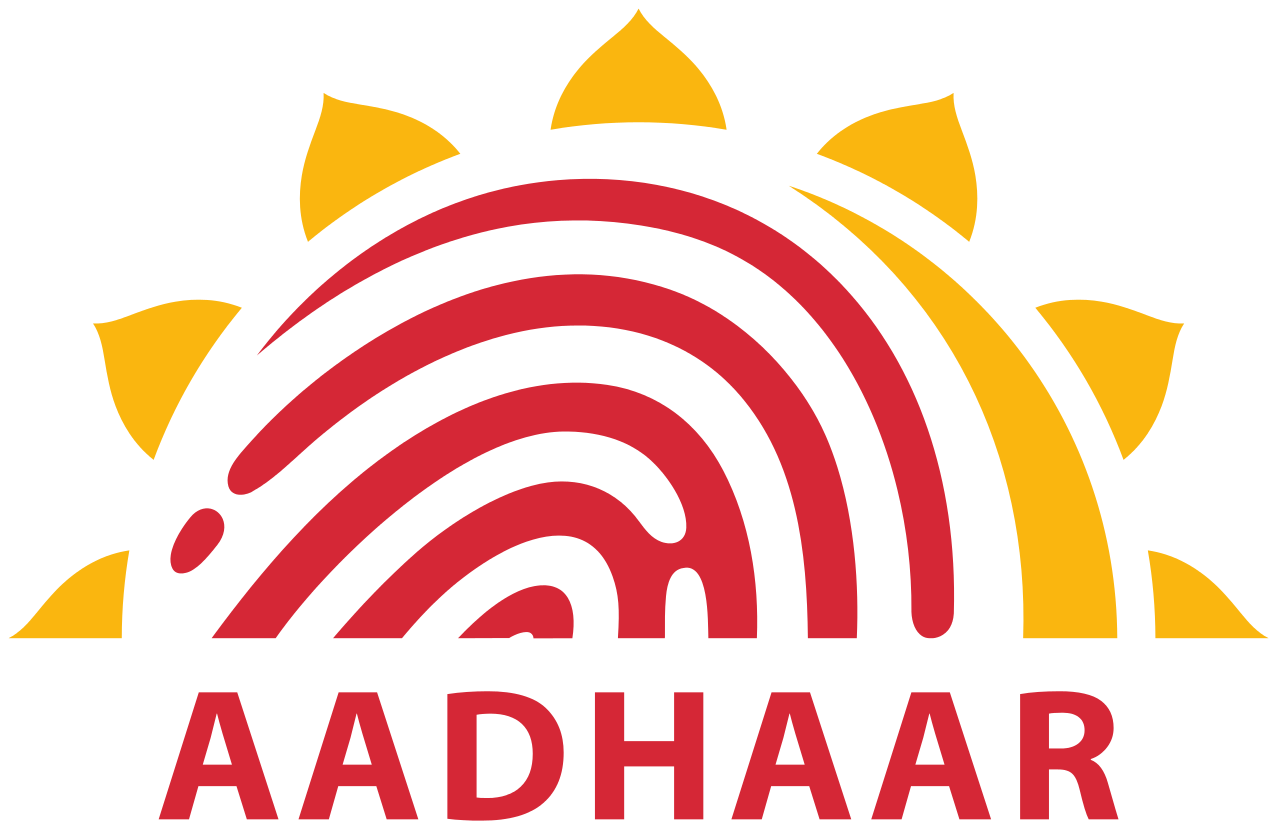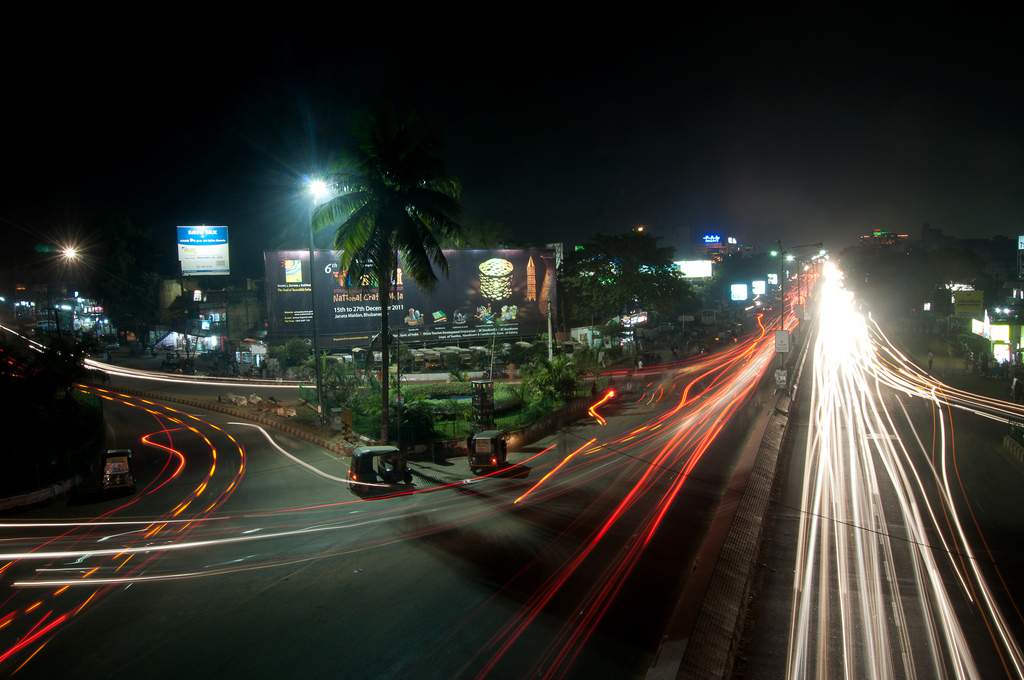
It was on this day, the 13th of April in 1948, when first Prime Minster Jawaharlal Nehru laid the foundation stone of the city after it was planned by German architect Otto Konigsberger. The foundation stone was laid about eight months after India achieved Independence.
Kalinga War Site | Courtesy: sprbuildtech.comBhubaneswar’s first mention was during the Kalinga War, which took place near Dhauli in the 3rd century BCE. Later Emperor Kharavela established his capital at Sisupalgarh, on the outskirts of the modern city.
Source: FlickrThe Hathigumpha inscriptions at the Udayagiri and Khandagiri Caves by Kharavela give a good account of that period, which is estimated as 1st–2nd century BCE.
Kalinga kings ruled Odisha and beyond | Courtesy: ensyklopedia.comThe city was the ancient capital of the Kalinga Empire, and the architectural legacy of the period is manifest. Historical sites testify to the importance of the region during the 7th to 11th centuries CE, when the Kalinga kings ruled Odisha and beyond. The Ananta Vasudeva Temple and Bindusagar Tank is the only temple of Vishnu in the city.
Emperor Kharavela | Courtesy: ensyklopedia.comThe temples in Bhubaneswar are regarded as having been built from the 8th to 12th centuries under Shaiva influence.
The population of Bhubaneswar, which was only 20,000 in 1948, has gone up by about 20 times and was 8,40,643 as per the 2011 Census, estimated to have crossed 10 lakh at present.
The Lingaraj Temple and Bindusagar Lake stand out in this picture of Bhubaneswar taken in 1965 | Courtesy: TelegraphIn the Smart City proposal, Bhubaneswar stood number one among the best cities of India with a score of 78.83 points.
Courtesy: Wikipedia



Hariram says
All very well. But why can’t the government buy additional power from central grid with temperature shooting upto 45.8 degrees. Do they govt want people to die in the heat wave?